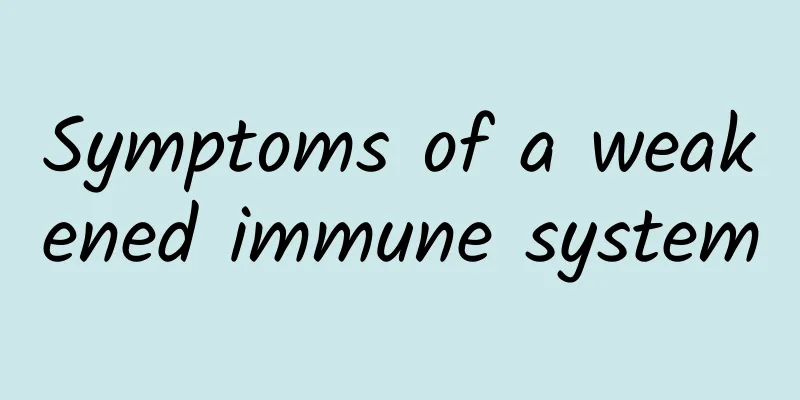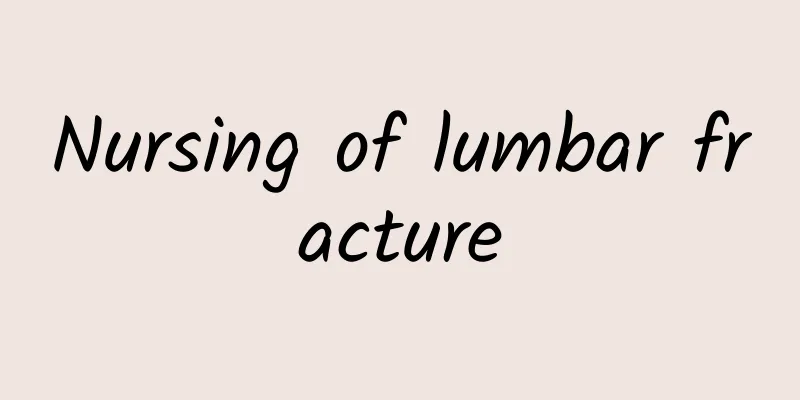What are the treatments for lumbar muscle strain?

|
The waist is a part that people are more concerned about, because the waist bears a lot of the body's weight and greater pressure. Therefore, many people are very prone to symptoms of waist fatigue in their busy lives. In severe cases, the lumbar muscles are damaged due to some small factors. Therefore, it is very important to protect the health of the waist. As for lumbar muscle injuries, timely treatment is necessary to recover as soon as possible, because most people rely on waist strength to support body movements and other matters in their lives. Let’s take a look at how to treat lumbar muscle strain. 1. After a muscle strain, cold treatment should be performed immediately - rinse the area with cold water or apply ice cubes wrapped in a towel for cold compress, then wrap the injured area with a bandage with appropriate force to prevent swelling. While relaxing the muscles of the injured area and raising the injured limb, you can take some analgesic and hemostatic drugs. The bandage is removed after 24 to 48 hours. Depending on the severity of the injury, you can apply blood circulation and swelling-reducing plasters, apply appropriate hot compresses or massage the injured area with lighter techniques. 2. For those with mild muscle fiber strain and muscle spasm, acupuncture therapy can achieve significant results. For those with partial muscle fiber rupture, use cold compresses and pressure bandages in the early stages, and place the affected limb in a position to relax the injured muscles to relieve pain. Start massaging after 48 hours, using gentle techniques. If you suspect that your muscles or tendons are completely ruptured, you should be sent to the hospital immediately for diagnosis after applying local pressure bandage and fixing the affected limb, and receive surgical treatment if necessary. 3. For those with partial rupture, stop local training for 2 to 3 days. The healthy limb and other parts can continue to move, and functional exercises can be gradually performed later, but repeating the injured movements should be avoided. After 1 week, you can gradually increase muscle strength and flexibility exercises. When doing stretching exercises, do not increase the pain in the injured area. After about 10 to 15 days, the symptoms are basically eliminated and formal training can be gradually carried out. During training, the injured part must use a protective support belt and do sufficient warm-up exercises. |
<<: How to treat hearing impairment?
>>: How to treat thinning hair
Recommend
Chinese medicine formula for Sjögren's syndrome
Patients with Sjögren's syndrome need to focu...
The efficacy, function and edible method of jujube kernel
When it comes to the effects, functions and eatin...
Chinese herbal tea to boost immunity
When the resistance and immunity are improved, it...
Hard skin on feet
Compared to the skin on the hands, people general...
What is the treatment for premature ejaculation?
Many people have heard of premature ejaculation, ...
I sprained my ankle. The swelling has gone down but it still hurts.
Because the human ankle is a very vulnerable area...
Five common symptoms of peripheral neuritis
The most common symptoms of peripheral neuritis a...
What should I do if I have sores due to inflammation?
The most obvious symptom of getting a sore is sor...
Where is the most effective place for stomach cold massage
People with cold stomach actually need to pay att...
How to remove lumps on the face
We all know that people's faces often leave s...
How to determine whether scars are hypertrophic
If scars proliferate, it will have a great impact...
The feeling of eating wolfberry for a long time
If you are someone who likes to maintain your hea...
What are the diagnoses for painful hematuria? What causes hematuria in men?
Hematuria refers to an abnormal increase in the e...
Can black wolfberry be eaten after soaking in water?
Black wolfberry can be said to be a relatively pr...
What is the cause of the hard lump at the base of the genitals?
There are many reasons for the presence of lumps ...









